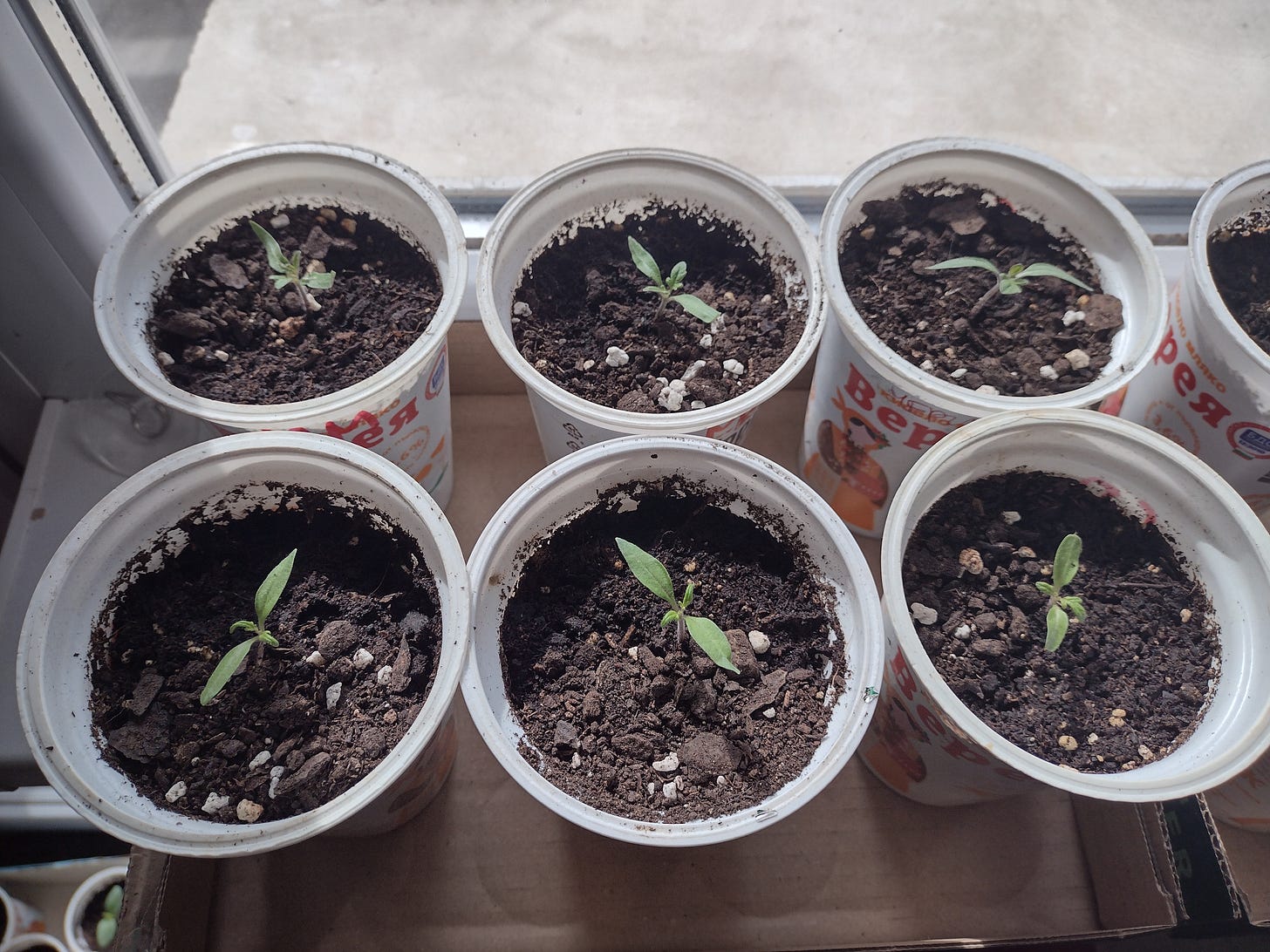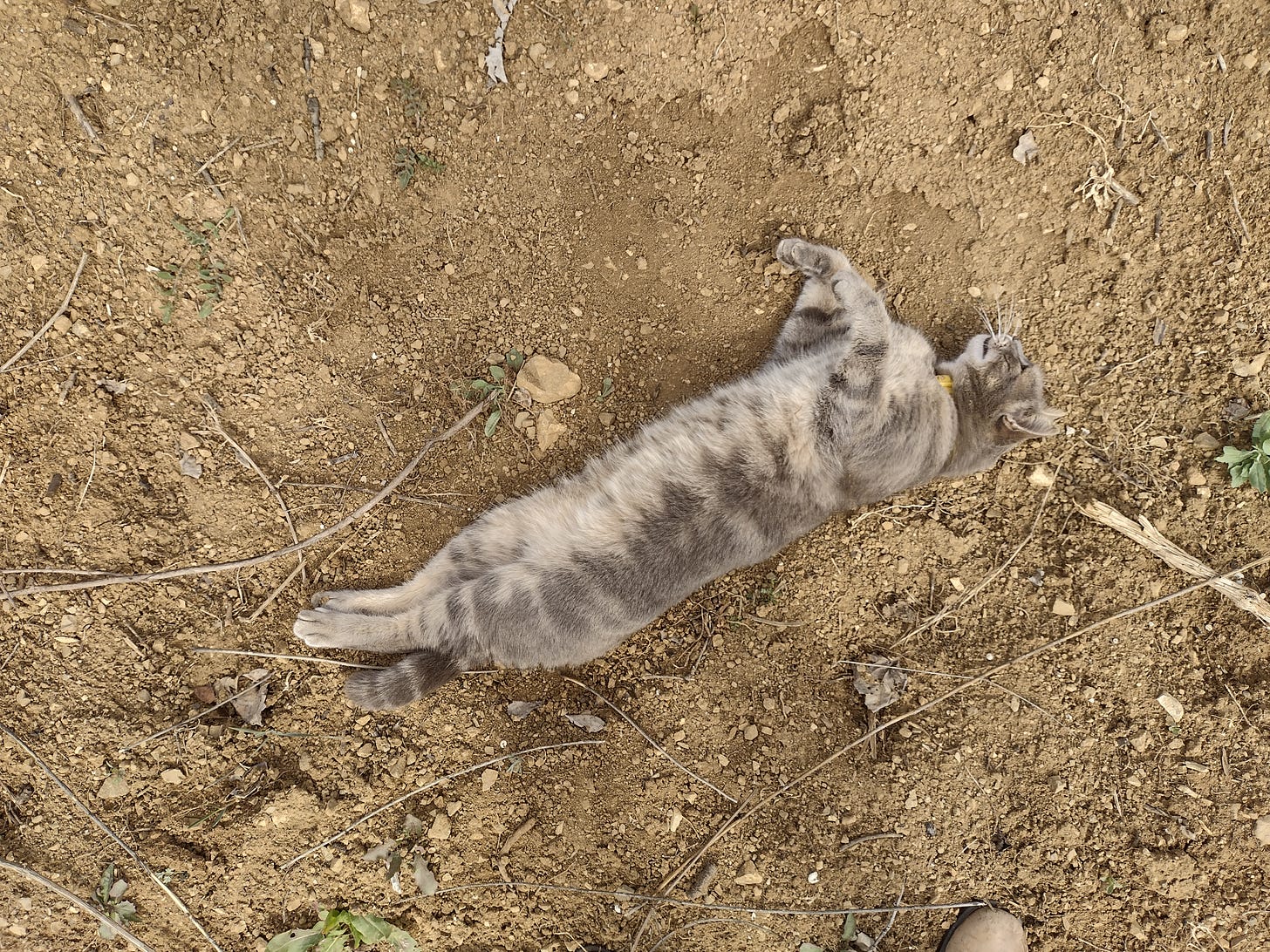“Tomatoes love the sun”, every single piece of advice regarding solanum lycopersicum states with confidence. The original sources of this advice could be forgiven for starting all this because they were likely agronomists and assumed people would interpret their advice as flexibly as it was intended to be interpreted. And what’s “all this”? Well, a lot of crop destruction due to literal thinking.
Of all the gardening and farming advice we’ve consumed over the past three years, only one (1) article noted that while tomatoes do need sunlight, this does not mean they like to bake in the heat. It should be easy enough to make that assumption anyway — if you have some experience. When you’re just starting out, you’re likely to take advice literally — at least that’s what we did.
Almost all vegetables need plenty of sunlight to grow well. As far as we know, only cucumbers are not particularly picky about it, but cucumbers don’t seem to be particularly picky about anything much, except moisture. But, again, this doesn’t mean strong sunshine, no shade all day long, all summer long. Tomatoes — and courgettes, and potatoes, and everything else we can think of — actually quite like some shading during the hottest hours of the day.
Another advice that turned out to be wrong, thankfully, was advice on survival temperatures. Due to a late cold blast earlier this month, we did some checking to see if our 15 kg of seed potatoes have a chance of survival. Per the advice, they did not. Potatoes, you see, stop growing at 6 degrees Celsius. At zero, they die, and we were going to get some sub-zero nights. We waved farewell to the potatoes and started thinking what we’ll use the tragically freed beds for, while copiously cursing March and its extra-unreliable weather. Then this happened.
We did get a couple of sub-zero nights. The top layer of the soil froze but since the potatoes were deep enough below it, they survived just fine. As did the spinach. And the strawberries. And the peas but peas are hardy little things, just as advisers say.
Most advice on gardening and farming is sound, to be fair. Best recommended temperatures for sowing, planting, and transplanting for instance, are something you can rely on, since they are based on empirical research. Advice that talks about months rather then temperatures, on the other hand, is best taken with caution — typical March weather today is not the same as typical March weather in 1984, which is why the tomatoes we sowed at the end of January, as recommended, never sprouted so we had to sow some again. These came out all right.
So it’s best to stick to temperatures, which is why we sowed our corn a month earlier than advice recommended. It was warm enough for it to go into the ground and by the time it sprouts, it will be warm enough for it to survive, grow and take advantage of the spring rains. We dare you, April, do your worst. Which is normally hail that could sometimes be quite destructive. For that, we’ve got a brand new frame for anti-hail nets. Incidentally, they also provide very decent shade.
P.S. The raspberries, we suspect, didn’t make it through the late freeze and that’s because we ignored the sound advice of only planting them in the autumn. In our defence, there weren’t any raspberries on sale at the local gardening shop in the autumn. They only put them out in February, contrary to that advice. It’s a juggling act, following advice on growing food and beauty.
P.P.S. The anti-cat/anti-dog protection we put on the beans is working just fine…





My bigger concern: is the Kitty okay?
Don't give up on the potatoes too early. They may resprout, especially if the sprout chunks you planted had multiple eyes on them.
Just another reason for planting potatoes really deeply -- it delays upward growth until the chances the weather up top is sincere about turning warm.